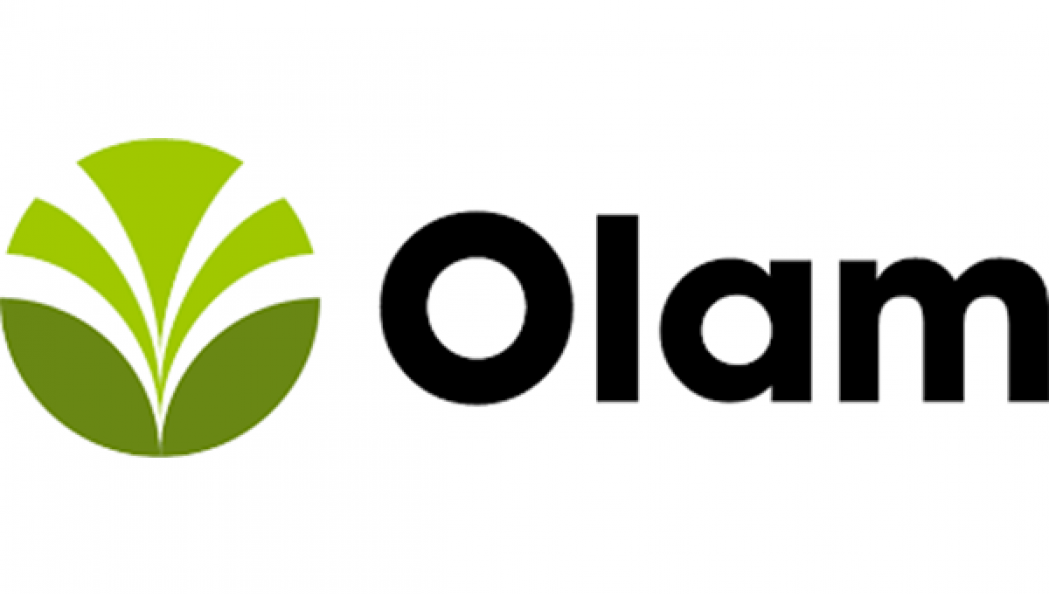Olam International, the Singapore-listed multinational agribusiness, has reported significant increases in profitability and revenues from its latest full year of trading. The business has market leading positions in commodities such as cocoa, coffee, edible nuts, spices, rice and cotton, supplying customers in the food and beverage, textile, wood, rubber, and related industries.
Factors driving future market demand for its products are led by the growing world population, expected to reach 8.3 - 8.5 billion by 2030 and 9.5 - 9.7bn by 2050, and the need for food, feed, fibre and fuel materials to meet this, notes Olam.
At the same time, rising affluence will increase the global middle class population from 3bn in 2015 (double the 1.5bn in 2010 to 4bn by 2021, particularly in China and India. This class will consume an additional 20% calories per head as diet changes from food staples and carbohydrates to a more protein and fat basis, in turn increasing the demand for food and feed raw materials. Olam also foresees growth in the world demand for biofuel crops.
Other market trends that could shape markets are the trend towards functional foods and away from artificial ingredients; with more taxes on nutrient dense foods to discourage obesity. Already sugar -sweetened beverage taxes have been levied in Mexico, South Africa, the UK, Singapore and Malaysia and on fatty foods in Hungary. Japan’s ‘Metabo Law’ requires overweight individuals to take dieting classes.
Slow and ethical eating
Other factors are demands for calorie information on menus; vending machine standards; the trend towards natural, organic and single origin produce, which is traceable to the farm; local, slow food and ethical eating movements, which will require greater trust and transparency in the supply chain.
At the same time, food consumption habits are being revolutionised through more eating-on-the- go; on-demand grocery and household delivery; pre-portioned meal kits and eating as a social experience. Other innovations include tech-enabled personalised diet planning and nutrition based on factors including genetic makeup, metabolism rates, body type and even gut bacteria.
Olam has also worked to improve its sustainability footprint, with 363,000 smallholder farmers now embraced by its Olam Livelihood Charter, and a 22% improvement in irrigation and process water intensity within its own operations.
“Against a very challenging backdrop, Olam’s focused, differentiated and defensible business model yielded strong results,” commented Sunny Verghese, Olam co-founder and group chief executive. “As we evolve our strategy, we will strive to ensure that Olam is an enduring, successful and responsible business.”
38.5% rise in annual profit
The company made a post-tax profit of $551.65 million on revenues of $26.27 billion in the year ended December 31st 2017, compared to the $339.10m and $20.59bn in the previous twelve months, respective rises of 38.5% and 21.6%.
Group chief operating officer A Shekhar adds: “The improved operational performance across most of our business segments in 2017 was underpinned by highly targeted initiatives to unlock value - not just for Olam, but for our customers and our farmer suppliers.
“These extended from cost efficiencies to significant investment in digitalisation across the supply chain. We believe their impact will strengthen our business even further and transform our industry through 2018 and beyond.”


